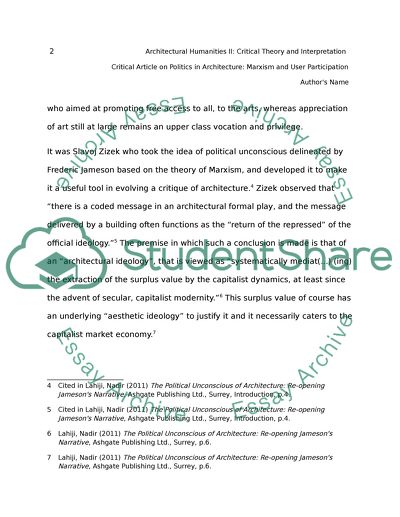Cite this document
(“Cooper Union Building Essay Example | Topics and Well Written Essays - 4000 words”, n.d.)
Retrieved from https://studentshare.org/architecture/1483675-critical-theory-and-interpretation-politics-in
Retrieved from https://studentshare.org/architecture/1483675-critical-theory-and-interpretation-politics-in
(Cooper Union Building Essay Example | Topics and Well Written Essays - 4000 Words)
https://studentshare.org/architecture/1483675-critical-theory-and-interpretation-politics-in.
https://studentshare.org/architecture/1483675-critical-theory-and-interpretation-politics-in.
“Cooper Union Building Essay Example | Topics and Well Written Essays - 4000 Words”, n.d. https://studentshare.org/architecture/1483675-critical-theory-and-interpretation-politics-in.


